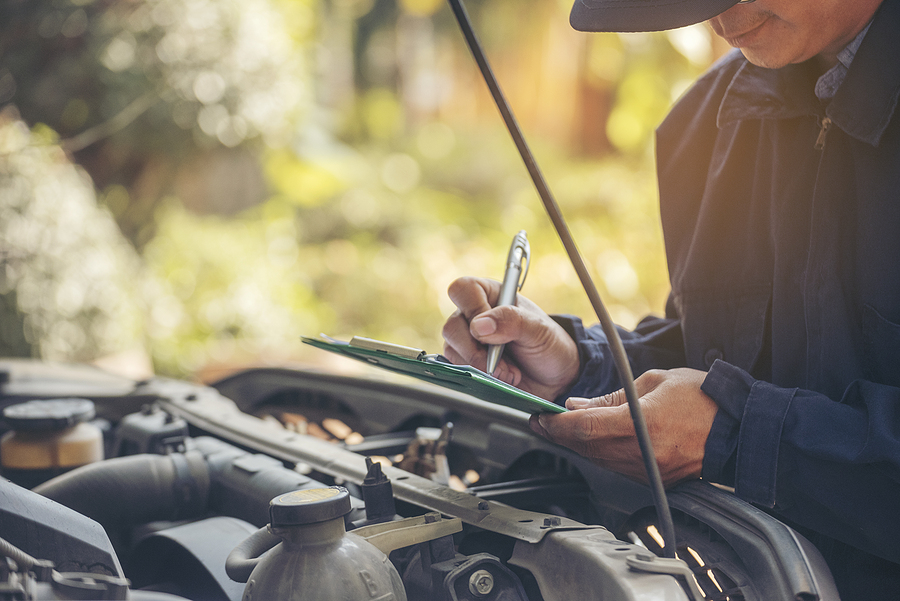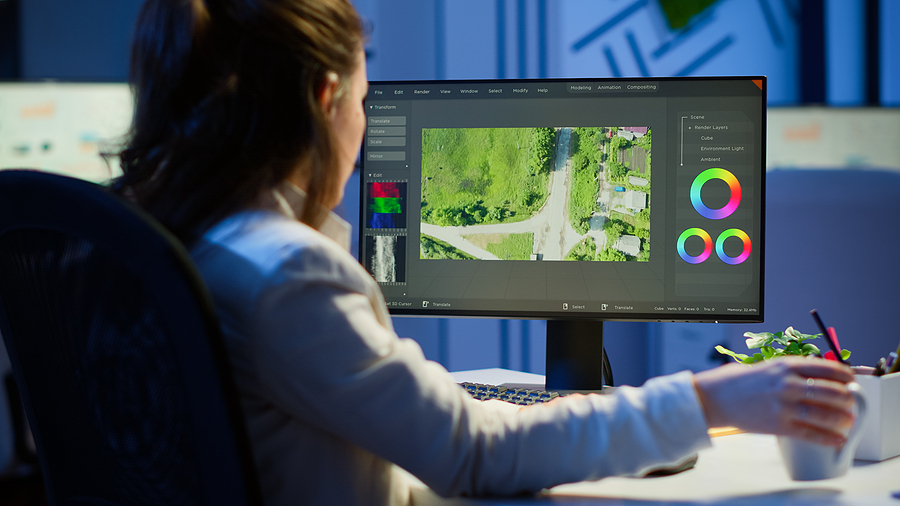Is your annual MOT coming up, causing you sleepless nights and anxious moments as you worry about what they will be looking for? There is a way to alleviate your concerns about your MOT: read up on what the inspector will be looking for and make any corrections to your vehicle that you can. This is, actually, quite a sensible thing to do in any case as the MOT simply affirms that your vehicle is in the condition that it is meant to be at all times when using the UK’s roads like London or even Yorkshire. Even with a valid MOT certificate, the police can pull you over for any faults that occur after the test unless you remedy promptly. Let us take a look at six easy steps that you can take before your MOT test.
Check your Tyres and Wheels
With your tyres being the only part of your vehicle on the road, it is vital that they are in good condition, able to grip the road in inclement conditions and equally effective in good and bad weather. They should be inflated to within the recommended range as modern tyres work best at this range of inflation, the tread depth must be more than 1.6mm: a depth of 3mm is recommended by most garages, and the tyres should show no signs of damage, which can manifest as bulges or dimples in the rubber, missing chunks, or anything that gives you cause to worry.
Test the Brakes
Take your car to a deserted car park or other area where you can thoroughly test your brakes. Have a friend along with you to make sure the brake lights shine as they should when your brake is depressed, and test the brake pedal and the handbrake. They should both work to slow and stop your car on demand, working equally effectively as an emergency stop as a regular, more gentle stop.
Light it All Up
There are loads of lights in your vehicle, even taking out the brake lights. For this reason, it will come as no surprise to learn that light failures are the single most common cause of MOT failures. The inspector will look at the lights from the inside of the vehicle, checking that the switches and levers that ignite the lights are easy to find and use, moving smoothly and responding quickly to your touch. They will also check the view to front and rear as illuminated by the lights to make sure that a) you can see where you are going and other road users around and also that b) other people can see you, without being dazzled, in good time to avoid a collision should you be suffering an emergency of some kind.
Fixed and Firm
The inspection is interested in roadworthiness and having your bumpers dangling or falling off into rush-hour motorway traffic is considered less than ideal… To this end, the inspector will check that your numberplate, bumpers, and mirrors – anything secondarily fitted to the car, rather than being part of its basic structure – are firmly attached and in a condition that is fit for use. If you have a tow-hitch, this will also be examined for the same reason. As an addenda to this: if your numberplate is a vanity edition, it must be registered with the DVLA and should be in a clearly legible font and readable by law enforcement’s ANPR systems. For more details about permissible fonts, you can check out the DVLA’s website for information, fees, and advice.

Beep, Beep!
Your horn will be tested. As it is an emergency signal which you can use to alert someone to your proximity or to encourage them to move out of your way if they are obstructing the road, your horn is expected to work readily with a firm push, in good time to serve its purpose. If you cannot use your horn to alert others when you are in difficulty, you will not pass your next MOT test. If you think your vehicle is close to its MOT expiration, you can book MOT in London with DAT Tyres.
Walk About
Finally, and perhaps the easiest of all, simply walk around your car and look – really look – at it. Check for signs of damage: dents, rust, paint streaks, window chips or flaws. If you can, peer at the underside too, perhaps with the aid of a powerful torch, again looking for signs of flaws or damage. One of the repeated themes of the MOT inspection checklist is ‘check general condition’, so make sure your car is clean and free from damage as far as possible, and you are sure to sail through your MOT test!
Image Source: BigStockPhoto.com (Licensed)
Related Categories: Cars & Vehicles, Reviews







